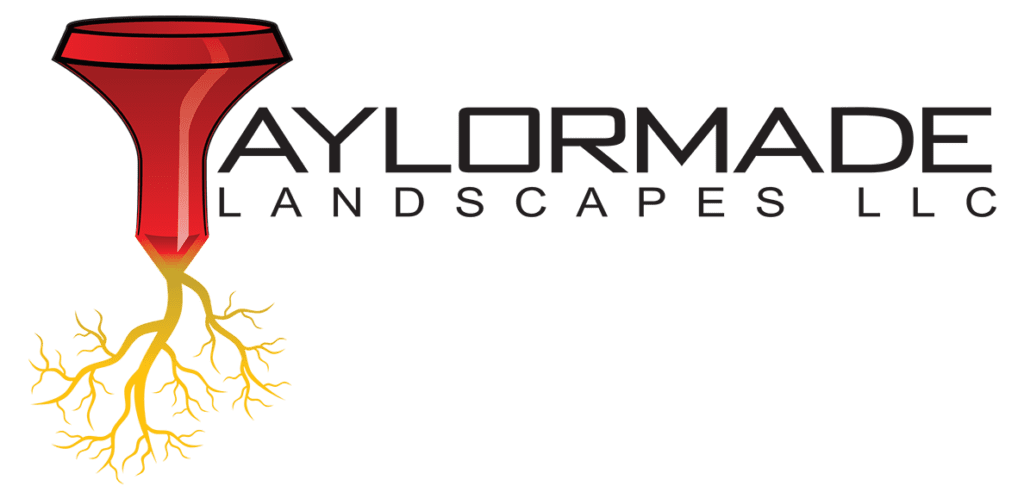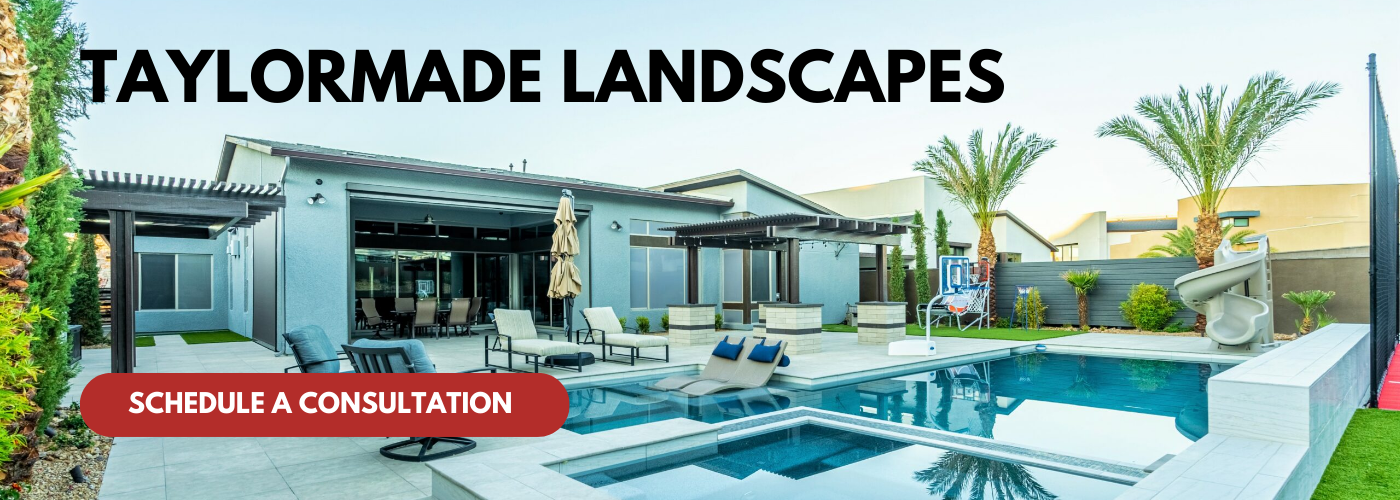As outdoor living spaces continue to gain popularity, the integration of hardscape elements into the design of entertainment areas has become a cornerstone for creating inviting and functional environments. In 2025, the trend toward outdoor entertaining will reach new heights, driven by innovative materials, sustainable practices, and a growing emphasis on seamless indoor-outdoor living. Homeowners are increasingly seeking to transform their backyards, patios, and gardens into sophisticated retreats, with hardscape features providing the foundation for multipurpose spaces that cater to relaxation, socializing, and recreation.
Hardscaping involves the use of non-plant materials such as stone, brick, concrete, and wood to craft visually appealing and durable outdoor structures. From patios and walkways to fire pits and retaining walls, these features not only enhance the aesthetic appeal of a space but also maximize utility, creating cohesive areas for entertaining guests, hosting events, or simply enjoying time with family. The strategic placement of hardscape can delineate different zones within a yard, allowing for diverse activities—whether it’s a tranquil nook for sipping coffee or an expansive area for lively gatherings.
In 2025, leveraging hardscape to create outdoor entertainment areas will involve a combination of thoughtful design, modern technology, and sustainable practices. As homeowners increasingly desire spaces that reflect their lifestyles and values, incorporating eco-friendly materials and designs that harmonize with nature will be essential. Additionally, advancements in landscape lighting, outdoor furnishings, and smart technology will elevate the outdoor experience, ensuring that these areas remain functional and attractive throughout the seasons. This article will explore the various ways to integrate hardscape into outdoor entertainment areas, showcasing innovative design ideas, materials, and trends that can help you create the perfect blend of style and practicality in your own outdoor oasis.
Design Principles for Hardscape Layout
Creating outdoor entertainment areas is an evolving challenge that combines aesthetics, functionality, and practicality in a cohesive manner. The design principles for hardscape layout serve as a foundation for these spaces, ensuring that they not only appeal visually but also cater to the diverse needs of their users. As we look towards 2025, thoughtful design will become even more crucial as outdoor spaces increasingly serve as extensions of our homes, promoting social interaction and leisure activities.
When approaching hardscape layout, one of the primary considerations is flow and accessibility. Ensuring that pathways are intuitive and connect various elements of the outdoor space can significantly enhance user experience. This includes strategically placed walkways that guide guests to seating areas, barbecues, or fire pits, creating a seamless transition from one area to another. In 2025, innovative design may also involve technology, with smart pathways that can illuminate or even change form to suit different occasions or moods.
Zoning is another critical design principle that can be utilized in hardscape layout. By delineating distinct areas for different activities—such as dining, lounging, and cooking—homeowners can create a more organized and efficient outdoor environment. Using a combination of materials, colors, and elevation changes can help to define these spaces further while still maintaining an overall cohesion. In 2025, advanced materials may allow for even more creativity, blending functionality with style, which can make it easier to define zones without the need for physical barriers.
Moreover, incorporating comfort factors, such as shade and seating, plays a pivotal role in the success of an outdoor entertainment space. This may include using pergolas, canopies, or strategically placed trees that offer respite from the sun. Comfort, coupled with design principles that prioritize social interaction—such as circular seating arrangements around fire pits or in conversation areas—can make these outdoor settings inviting and enjoyable for gatherings.
In addition to aesthetics and comfort, sustainability and environmental considerations will be essential in the design of hardscape layouts in 2025. Incorporating permeable materials to reduce runoff or recycled content in hardscaping can lead to environmentally friendly spaces that exemplify responsible stewardship of outdoor areas. Therefore, understanding the interplay between design principles and sustainability will not only enhance the outdoor entertainment experience but also ensure these spaces are resilient and respectful of the surrounding environment. By keeping these principles in mind, homeowners can create dynamic and enduring outdoor environments that cater to both style and functionality well into the future.
Selecting Materials for Durability and Aesthetics
When it comes to creating outdoor entertainment areas, selecting the right materials for hardscape is crucial for both longevity and visual appeal. As we move into 2025, the trends in material selection are increasingly focused on sustainability, durability, and aesthetic compatibility with the natural surroundings. The materials you choose can significantly influence the feel of your outdoor space, making it cozy and inviting or stark and unwelcoming. Whether you’re opting for concrete, natural stone, pavers, or brick, it’s essential to consider how these materials will withstand weathering and foot traffic while still harmonizing with your home’s architectural style.
In terms of durability, many homeowners are gravitating towards materials that offer long-lasting performance with minimal upkeep. For instance, concrete pavers are an excellent choice due to their strength, versatility, and resistance to cracking. They can be designed to mimic the appearance of natural stone while providing a robust surface for entertaining and gathering. Additionally, choosing materials that are resistant to UV rays, moisture, and extreme temperatures will ensure that your outdoor areas look great year after year.
Aesthetic considerations should not be overlooked either, as the visual appeal of your chosen materials can tie your entire outdoor space together. For example, if your home has modern architectural features, selecting sleek, linear pavers in neutral tones can complement your home’s design. Alternatively, if you have a more rustic or traditional home, natural stone or reclaimed bricks can create a charming and inviting atmosphere. Combining different materials—such as wood for decking complemented by stone for walkways—can also add dimension and interest to your outdoor areas, making them more engaging.
To utilize hardscape effectively for entertainment purposes in 2025, you should consider integrating amenities like seating walls, fire pits, and planters that can serve both functional and aesthetic roles. For instance, a seating area surrounded by low walls made of durable stone can provide comfort while also adding contour and definition to the space. By selecting your materials wisely and considering their longevity and aesthetic qualities, you can create outdoor entertainment areas that not only look inviting but are also built to last, providing you and your guests with a splendid environment for gatherings and relaxation.
As you plan your outdoor setup, remember that the evolving trends in hardscape materials emphasize a harmonious balance between function, beauty, and environmental responsibility. This multifaceted approach will help you create an outdoor space that aligns with contemporary design philosophies, making it perfect for entertaining in the years to come.
Integrating Lighting Solutions for Ambiance
Integrating lighting solutions into your hardscape design can significantly enhance the atmosphere of outdoor entertainment areas. In 2025, as outdoor living continues to gain popularity, employing innovative lighting techniques will be crucial in creating spaces that are not only functional but also inviting and stylish. Strategic placement of lighting can highlight specific features, create focal points, and provide safety in your outdoor space while also enabling you to use these areas well into the evening.
To effectively utilize lighting in your outdoor entertainment areas, consider using a combination of ambient, task, and accent lighting. Ambient lighting offers general illumination, ensuring the space is bright enough for socializing and navigating without overwhelming other design elements. Task lighting can be strategically placed over areas where specific activities will occur, such as cooking stations or seating areas, enhancing functionality. Accent lighting draws attention to particular features of your hardscape, such as beautiful stone walls, trees, or water features. Utilizing smart lighting solutions, including LED fixtures that can change color or be controlled via smartphone apps, can also offer flexibility and transform the mood of your space based on the occasion or personal preferences.
Another trend to capitalize on in 2025 is the integration of sustainable lighting solutions, such as solar-powered lights, which can minimize electricity use and reduce your carbon footprint. These lights can be placed along pathways, around seating areas, or even within planters to provide a warm glow without contributing to energy costs. Using energy-efficient fixtures not only aligns with contemporary sustainability practices but can also offer long-term cost savings. Moreover, consider layering your lighting at different heights to achieve a more dynamic appearance—hanging lights, pathway lights, and ground-level fixtures can all work together to create depth and interest in your outdoor space.
In summary, lighting plays a pivotal role in the design of hardscape areas meant for entertainment. In 2025, focusing on a mix of functional and aesthetic lighting solutions, alongside sustainable practices, will help you create enjoyable, multi-functional outdoor spaces that are practical for any time of day or night. By integrating thoughtful lighting designs, you can enhance the beauty of your landscape while providing a welcoming atmosphere for gatherings and relaxation.
Incorporating Functional Elements (e.g., Fire Pits, Outdoor Kitchens)
Incorporating functional elements into your hardscape design not only enhances the usability of your outdoor space but also creates a focal point that encourages social interaction among guests. As we move into 2025, these features are not just aesthetic additions; they embody a lifestyle shift towards outdoor living and entertainment. Fire pits, for example, lend warmth and create a cozy atmosphere suitable for gatherings year-round. These elements can be constructed using a variety of materials, aligning with your overall design theme, and can be equipped with modern conveniences such as gas connections or established seating areas for comfort.
Outdoor kitchens take this concept a step further. They serve as the heart of outdoor dining experiences, allowing you to host barbecues, cocktail parties, or al fresco dinners seamlessly. Modern outdoor kitchens often incorporate durable materials resistant to weather damage, such as stone countertops and stainless steel appliances, ensuring that these spaces remain functional and visually appealing in varying climates. By thoughtfully designing your outdoor kitchen layout, you can facilitate a logical workflow similar to an indoor kitchen, which includes food preparation, cooking, and serving areas, all while maintaining a smooth flow of movement.
To fully utilize hardscape for outdoor entertainment areas in 2025, consider lifestyle trends and the types of social activities you find most appealing. For instance, integrating seating areas around fire pits encourages intimate conversations. In contrast, well-designed outdoor dining spaces equipped with features like built-in grills, prep counters, and coolers can make hosting parties effortless. Additionally, incorporating elements like pergolas or shade structures can enhance comfort during hotter months, ensuring your outdoor area remains inviting all year long. This multifunctionality allows for year-round use of your space, catering to different weather conditions and types of gatherings, from informal family dinners to more elaborate soirées.
Ultimately, successful hardscape integration involves creating a seamless flow between indoor and outdoor spaces, leveraging functional elements to enhance aesthetic appeal and usability. As you plan your outdoor entertainment area, envision how these features can facilitate memorable moments with friends and family, helping you create a vibrant and welcoming outdoor oasis that meets the demands of contemporary living in 2025.
Sustainability Practices in Hardscape Design
Sustainability practices in hardscape design encompass a variety of strategies aimed at minimizing environmental impact while enhancing the functionality and aesthetics of outdoor spaces. As awareness of environmental issues continues to grow, the focus on sustainable landscaping is becoming increasingly important, especially in urban areas where green space is limited. Implementing sustainable hardscape solutions involves selecting eco-friendly materials, optimizing water efficiency, and considering the overall ecological footprint of the project.
One of the key elements in sustainable hardscape design is the choice of materials. Opting for locally sourced and recycled materials not only reduces the carbon footprint associated with transportation but also promotes regional craftsmanship. Natural stones, reclaimed bricks, and permeable pavers are excellent examples of sustainable materials that can be used to create visually appealing and durable surfaces. Permeable pavers, in particular, allow for improved water drainage and reduce runoff, helping to manage stormwater and prevent erosion.
In addition to material selection, incorporating vegetation into hardscape designs can significantly enhance their sustainability. This may involve creating green roofs, vertical gardens, or integrating planter boxes within hardscape features. These practices not only provide aesthetic value but also contribute to biodiversity, improve air quality, and offer natural insulation to outdoor spaces. Furthermore, the strategic placement of plants can help shade hard surfaces, reducing heat buildup and promoting comfort in outdoor entertainment areas.
As you contemplate how to utilize hardscape to create outdoor entertainment areas in 2025, consider the integration of sustainability from the ground up. Leveraging drought-resistant plants in conjunction with permeable surfaces can lead to more resilient landscapes that require minimal water. Outdoor living areas equipped with fire pits and seating made from sustainable materials can create inviting spaces that encourage gathering and relaxation. Additionally, using solar-powered lighting can enhance these spaces at night without increasing energy consumption.
Ultimately, the trend towards sustainability in hardscape design will not only impact individual properties but will also contribute to broader environmental goals. By prioritizing eco-friendly practices, homeowners can enjoy functional, beautiful outdoor spaces that reflect their commitment to the environment while providing enjoyable venues for entertainment and leisure.




